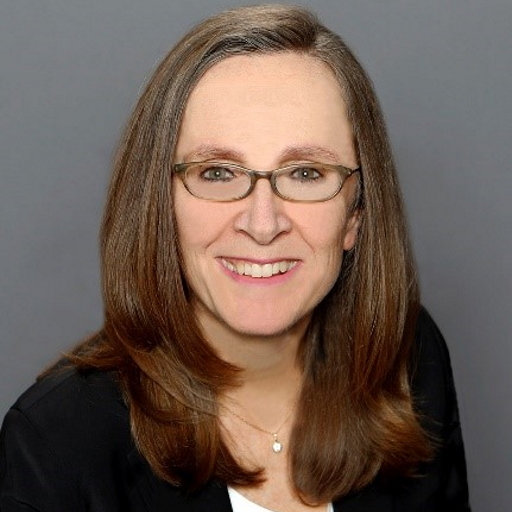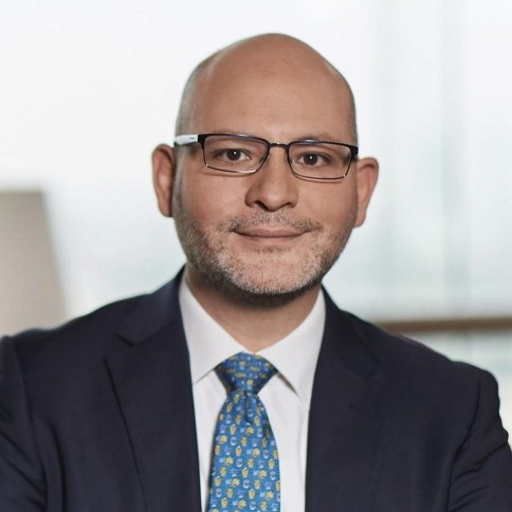Gender equality in Latin American countries seems far behind other nations around the world. This matters because gender equality increases economic growth, enhances fairness, strengthens peace and security, reduces corruption, and raises social and environmental sustainability.
More than 80 million women in Latin America have joined the workforce since the 1960s and, according to the World Bank, the percentage of female labor has grown from 34.7% of the total labor force in 1990 to 41.4% in 2018. However, positive trends often downplay major barriers. For example, only 7.2% of board seats in top firms in Latin American countries are held by women.
Other worldwide figures show a similar picture to the one provided by the World Bank. The 2019 Sustainable Development Report reveals progress on the achievement of the 17 Sustainable Development Goals (SDGs) formulated by the United Nations. SDG 5 targets gender equality and empowerment for females. With a scoring system ranging from 0 (no gender equality) to 100 (highest gender equality), the SDG 5 overall average score for Latin American countries is 69.78, well below countries high on gender equality such as Finland (89.2). Meanwhile, the Global Gender Gap Index published by the World Economic Forum also shows Latin American countries lagging those with high gender equality (average score = 0.73 compared to Finland = 0.83). Does this sound bad?
Now some good news. In the last two decades, organisations around the world have started to collect, analyse, and share gender equality metrics. The United Nations, the World Economic Forum, and the Organization for Economic Cooperation and Development, among others, have been marking out the pathway for ways to increase resources and opportunities for women. This increased attention to gender equality across countries in general and across Latin America in particular shows no sign of slowing down. Over just the last five years, the number of organisations working toward facilitating resources and opportunities to even the playing field between females and males has grown significantly.
As an outcome of this increased attention, a number of different stakeholders have been providing information on gender equality in Latin American countries we did not have a decade ago. For example, in the last year, Data2X published a technical report on gender equality in Latin America and the Caribbean, the Sustainable Development Solutions Network published the SDG Index for Latin America and the Caribbean and IDB Invest released a report on how finance can accelerate gender equality in Latin America and the Caribbean.
With the high amount of quality work conducted or in process by many stakeholders, what role should research and more generally academia play in championing gender equality in Latin America? One strength of academics centers on their capacity to conceptualise issues and to empirically put these conceptualisations to the test. For example, conceptualising champions of gender equality contributes a path for other stakeholders to follow, including WeFi and the World Economic Forum, both currently promoting champions of gender equality as they seek to improve selection decisions over such champions. Emergent work in this area is available in our journal article: Champions in the time of COVID-19: tracing paths to recovery in Ibero-America. Another strength centres on the identification of mechanisms within organisations that contribute to increasing equality across genders. Work in this area is available here.
What role does academic research have in improving these statistics? Academics have the tools needed to build, analyse, and report key metrics and more generally evaluate statistics to monitor progress and redress setbacks. See an example of such work conducted recently on Nicaragua by Eden and Wagstaff. Academics not only have a role to play in improving these statistics, but they must also answer relevant questions if they are to contribute to building a better world for all. One such question is how to increase gender equality in Latin American countries.
End
Authors
|
Wagstaff, M. F., The University of Texas at El Paso |
 |
|
Amorós, J. E., Tecnológico de Monterrey (Mexico) and Universidad del Desarrollo (Chile) |
 |
|
Ahmed, R., Zayed University |
 |